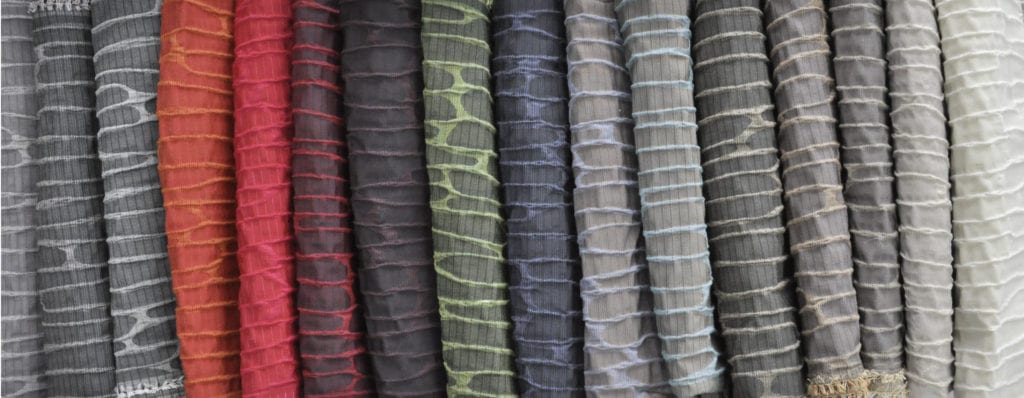
Pure Cellulose Fiber
What Is Rayon?
Rayon is one of the first man-made fibers, but it is not synthetic. Why? It is made by refining and purifying a natural material, cellulose extracted from woody plants (those with long cellulose fibers). The usual short definition is “regenerated cellulose fibers.” As such, rayon is placed between natural fibers – such as cotton, linen and wool – and synthetics – such as nylon and polyester.
The word rayon was selected by a committee empanelled by the U.S. Department of Commerce to decide the name for regenerated cellulose produced by the viscose process. Since rayon is shiny and it is like cotton in many respects, they called it “rayon.” Ray means shiny, like a ray of light. As for the –on, this could either be for cotton, or from a French variation of rai, raion. The liquid cellulose is called viscose, but this is also the European term for rayon.
Is It Called Viscose, or Rayon?
Great question. There is some confusion between the two terms. Viscose is actually a type of rayon, even though viscose, viscose rayon, and rayon are often used interchangeably. What started as artificial silk in the late 19th century became known as rayon in 1924, with the name “viscose” coming from “a viscous organic liquid used to make both rayon and cellophane.” Per Swicofil.com, rayon is “the generic term for fiber (and the resulting yarn and fabric) manufactured from regenerated cellulose by any one of six processes.” Keep in mind that modal and lyocell, along with viscose, are also considered types of rayon.
How Rayon Is Made
• Wood is harvested from trees, shrubs, bamboo, or other woody plants.
• The wood is crushed and made into a pulp.
• Alkaline and acidic additives are used in stages to extract and isolate the cellulose.
• A viscous solution of this cellulose (viscose) is extruded through small holes as filaments, which are set in a chemical bath (extruding the viscose through slots produces sheets of cellophane).
• The rayon is stretched and wound on spools to be later spun into thread and yarn.
History of Rayon
The first regenerated cellulose fiber was produced in France in 1855. It was nitrocellulose, and was seen as a substitute for silk (which was in short supply at that time). However, it was too expensive to make, and it was also an explosive (gun cotton).
Other methods of forming fibers from extracted cellulose were found, but the viscose method, developed in 1894, proved to be commercially viable. A later version developed was lyocell, with a special profile of the fibers for wicking moisture.
Rayon Uses
Rayon has many uses, by itself or blended with other natural or synthetic fibers. High performance rayon fibers are used to reinforce tires. Most consumers are familiar with clothing and bedding linens made of rayon. Rayon and rayon blend fibers are also used in some mattress covers.
Rayon with embedded silica is used by some mattress manufacturers as a flame barrier. Rayon, being pure cellulose, is flammable. But the embedded silica causes the rayon to bead up and block flames when heated to burning temperatures, protecting foam further inside the mattress. Some critics criticize the use of silica, since powdered silica would be an irritant to exposed skin and a breathing hazard. However, this risk is reduced by first infusing the silica into the rayon, then by placing it inside the cover.
Conclusion
Rayon is a fine fiber with a good feel and good appearance. It is strong, and it is more absorbent than cotton or linen. Also, silica rayon is one of the alternatives to using chemicals for fire resistance in mattresses.
Although the source of cellulose for making rayon is natural and sustainable, the process for converting this cellulose into rayon is environmentally problematic. Lyocell was developed while seeking a more environmentally friendly process. Progress in refining the viscose process could make rayon more attractive to environmentally conscious consumers.

